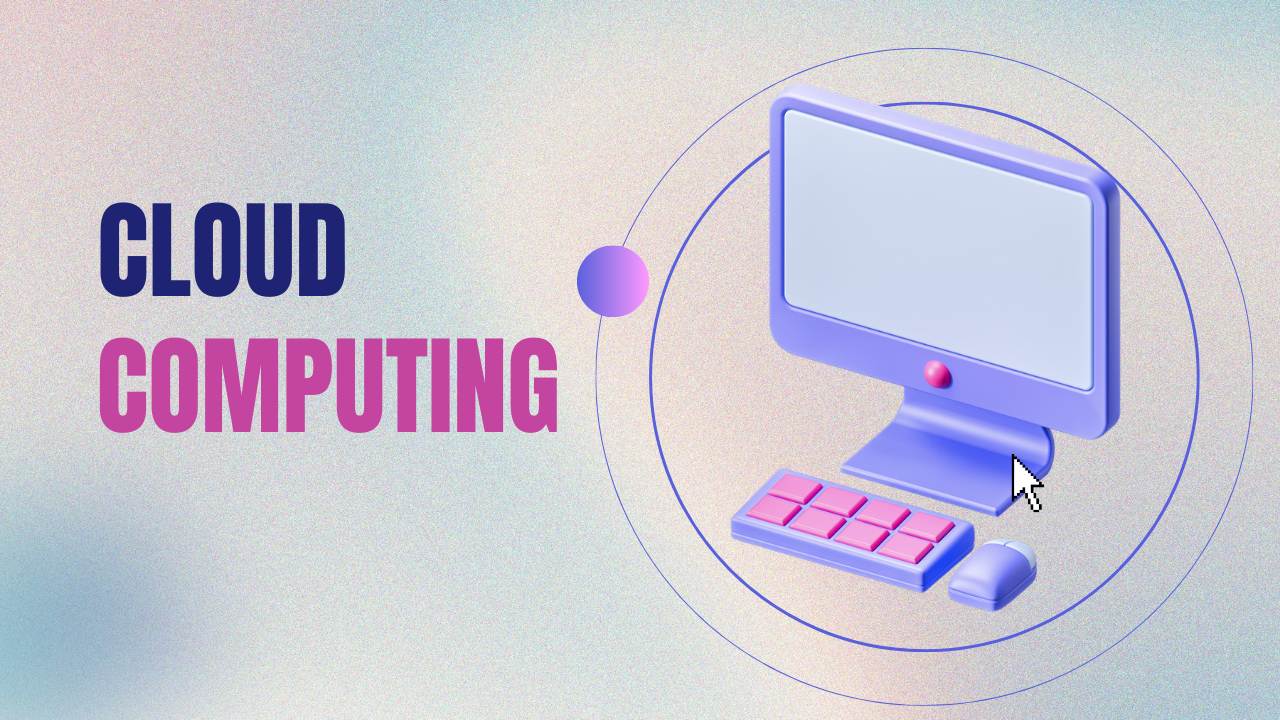In today’s digital landscape, where data breaches and cyber threats are increasingly common, organizations are seeking innovative ways to protect sensitive information. One of the most significant developments in this domain is the rise of cloud computing. Cloud computing not only offers flexibility and scalability for businesses but also brings transformative changes to data security. This blog explores how cloud computing is revolutionizing data security in the digital age.
1. Enhanced Data Encryption
One of the key benefits of cloud computing is the ability to implement robust data encryption measures. Cloud service providers (CSPs) use advanced encryption protocols to safeguard data both at rest and in transit. This means that even if unauthorized users access the data, it remains unreadable without the proper decryption keys.
Furthermore, many CSPs offer end-to-end encryption options, ensuring that data is encrypted before it leaves the user’s device and remains protected until it reaches its intended destination. This level of security significantly reduces the risk of data breaches, making cloud computing a safer choice for businesses handling sensitive information.
2. Improved Access Controls
Cloud computing platforms provide sophisticated access control mechanisms that allow organizations to manage who can access their data. Role-based access control (RBAC) and attribute-based access control (ABAC) enable businesses to define permissions based on user roles or specific attributes, ensuring that only authorized personnel can access sensitive information.
Moreover, multi-factor authentication (MFA) adds an additional layer of security by requiring users to verify their identity through multiple methods, such as a password and a one-time code sent to their mobile device. These access controls help mitigate the risk of unauthorized access and ensure that data remains secure.
3. Real-Time Monitoring and Threat Detection
Cloud computing solutions often come equipped with advanced security monitoring tools that provide real-time insights into data access and usage. These tools can detect unusual activity or potential threats, allowing organizations to respond quickly to security incidents.
Additionally, many CSPs employ machine learning algorithms and artificial intelligence (AI) to analyze patterns and identify anomalies in data access. This proactive approach to threat detection enables organizations to thwart potential attacks before they escalate, ensuring data integrity and security.
4. Regular Security Updates and Compliance
Cloud service providers typically invest heavily in maintaining and upgrading their security infrastructure. This means that organizations using cloud services benefit from regular security updates, which are essential for protecting against emerging threats.
Moreover, reputable CSPs adhere to industry standards and compliance regulations, such as GDPR, HIPAA, and ISO 27001. This not only helps businesses meet their regulatory obligations but also assures customers that their data is being handled in accordance with best practices in data security.
5. Disaster Recovery and Business Continuity
One of the most significant advantages of cloud computing is its ability to provide robust disaster recovery solutions. In the event of a data breach or natural disaster, cloud-based backup systems ensure that data is securely stored and can be quickly restored.
Cloud providers often replicate data across multiple geographic locations, minimizing the risk of data loss due to localized incidents. This level of redundancy and reliability enhances business continuity and ensures that organizations can continue their operations with minimal disruption, even in the face of unforeseen challenges.
6. Cost-Effectiveness
Implementing strong data security measures can be costly for businesses. However, cloud computing offers a more cost-effective solution. By leveraging cloud services, organizations can access advanced security features without the need for significant upfront investments in hardware and software.
Additionally, cloud providers often operate on a pay-as-you-go model, allowing businesses to scale their security resources according to their needs. This flexibility ensures that organizations can allocate their budgets efficiently while still maintaining a high level of data security.
Conclusion
As data security becomes increasingly paramount in the digital age, cloud computing is leading the charge in transforming how organizations protect their information. With enhanced encryption, improved access controls, real-time monitoring, regular updates, robust disaster recovery, and cost-effectiveness, cloud computing offers a comprehensive approach to data security.
Businesses that embrace cloud solutions not only enhance their security posture but also position themselves for future growth and success in an ever-evolving digital landscape. As threats continue to evolve, the need for innovative security solutions will only grow, making cloud computing an essential component of modern data security strategies.
